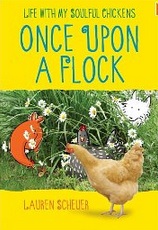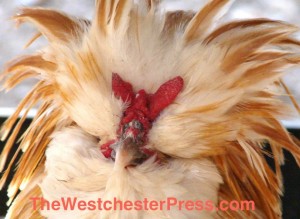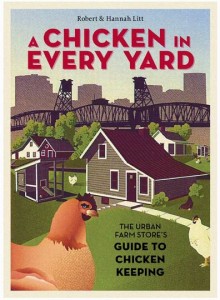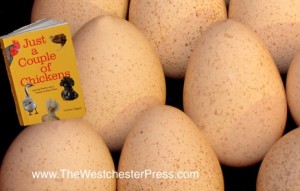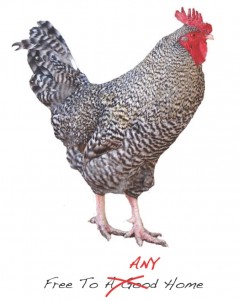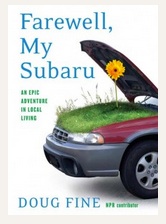
Doug Fine’s “Farewell My Subaru” is an excellent introduction to the idea of transitioning from a gas based economy to alternate fuels.
I discovered Doug Fine and his book “Farewell My Subaru” when a man who had read my book, “Just A Couple Of Chickens” emailed me through this website to say that he had enjoyed my book and that I reminded him of Doug Fine.
I was totally delighted to get that piece of fan mail, and even more delighted to be compared to Doug Fine… once I had googled him and come up to speed on what Doug Fine is doing.
“Farewell My Subaru” was obviously required reading that I had so far missed, since my urban homesteading curriculum is self-complied. Because i’m self-taught. Which explains my motto “Learning by doing it… the hard way”
“Farewell My Subaru” was published in March, 2009… right about the time we began to dismantle our New Mexican lives because our local economy had not recovered from the Crash of 2008, so I was late to the party. Doug Fine’s story was about his transition to rural New Mexican life, and his effort to get away from a gasoline based lifestyle.
Doug’s homestead was in Southern New Mexico, and I was in the North, but that didn’t change the similarity of the culture, climate, wildlife, and experiences he described. It was like he was writing about our place. Except that he started out with solar panels and he jumped feet first into biofuel, which we didn’t do. And his chicken chapter was very short, and not only because his chickens kept getting carried off by the wildlife… but because he was already in love with his goats. I’ve raised a goat. I’ve felt that love. 100 plus chickens cannot compete.
His book is an excellent read, and I would place it at the beginning of my growing library on urban homesteading. It’s perfect for someone, like me, who is just beginning to explore the idea of biofuel, and who has heard of solar panels, but not experienced them. For someone who is well along that path, I think it would be too light, but those folks are not the intended audience. This adventure was only the beginning for Doug, who is currently behind a new book delving into the world of legal cannabis and it’s economic effects.
“Farewell My Subaru” was an important book to me in two ways that I’m quite sure Doug Fine did not intend. He described, in his year of homesteading struggle, the difficulties of raising enough crops and food sources to support himself from the land he was standing on, and he carefully detailed the cost – and longterm amortization – of the alternative fuel sources he was using.
One of the reasons I decided to leave my beloved New Mexico property in 2010 was that I had done the math on my farming dreams and seen that, so long as I had to pay for my water (even if it was just the electric bill of the well pump) and so long as I had to pay for the feed, I would not be able to make my farming support itself, much less me. My real homesteading dream had failed. My urban homesteading dream has now begun.
The book is an exploration, not a solution. It’s not intended to be a solution. Doug makes it very clear that the isolation and climate of his remote ranch were problems to an off-the-grid lifestyle. I add that places where solar panels work beautifully are places where fresh running water is scarce. Places where fresh running water is plentiful are places where solar panels don’t work as well as Doug’s did.
Piece by piece, with prudent combinations and community teamwork, we can make progress on issues like sustainable energy, urban farming, local living, and our impact on our environment. “Farewell My Subaru” is an important piece.
And it’s a super easy, funny, fresh read.

